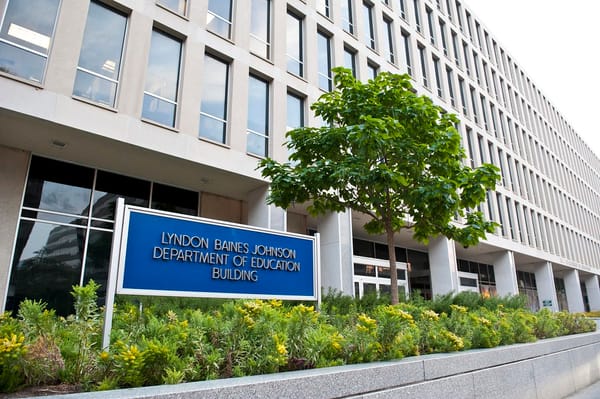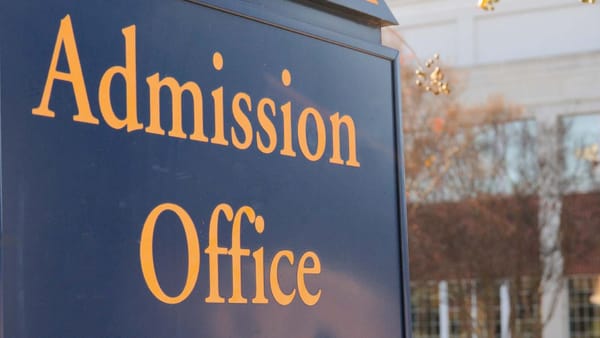Recent federal and state policy shifts are forcing universities into a precarious balancing act. The question facing institutions today: Do they fight back against restrictions, quietly adapt to preserve DEI under new labels, or dismantle these efforts altogether to avoid legal and financial penalties?
Universities are deploying varied strategies in response to executive orders mandating the termination of DEI offices and equity-related grants. Some have chosen to rebrand and restructure rather than openly resist, while others have launched legal and grassroots mobilization efforts to challenge the restrictions.
1. The ‘Belonging’ Rebrand: How Universities Are Keeping DEI Under the Radar
Many universities are opting for semantic and structural pivots to maintain DEI efforts without explicitly calling them by name. Institutions like Northeastern University and North Carolina State University have rebranded DEI offices as “Belonging” or “Inclusive Excellence” centers while keeping many of the same initiatives intact.
This approach allows universities to:
- Minimize external scrutiny while continuing to support underrepresented students and faculty.
- Avoid direct confrontation with policymakers seeking to eliminate DEI funding.
- Preserve key staff and budgets by categorizing initiatives under “student success” or “community engagement.”
However, this pivot comes at a financial cost. Schools must invest in retraining staff and reworking public messaging, leading to higher expenditures in professional development and marketing.
🔹 Duke University’s Office of Institutional Equity issued internal guidance advising departments to avoid “significant changes” to DEI programs while externally presenting a compliant image.
🔹 Princeton University has embraced a faculty-led “teach-in” strategy to discuss the legality of executive actions, signaling an effort to educate staff while maintaining the core principles of DEI initiatives.
2. Elimination of Race-Conscious Programs: A Preemptive Legal Move
While some universities are rebranding DEI, others have dismantled race-conscious initiatives outright to avoid legal challenges.
🔹 Duke University discontinued its Reginaldo Howard Scholarship for Black undergraduates, which awarded $66,000 annually. Instead, the university redirected these funds to need-based and leadership programs that exclude racial criteria.
🔹 University of Iowa revised its $9 million Advantage Iowa Award to include white students, effectively eliminating its race-based selection criteria.
🔹 University of Missouri – facing potential lawsuits – restructured $17.2 million in racially designated scholarships into broader, merit-based awards.
These moves come in response to the 2023 Supreme Court ruling on affirmative action and federal guidance interpreting race-based scholarships as violations of civil rights law. Critics argue that using socioeconomic factors as a proxy for race fails to address historic racial disparities in education.
3. Legal and Institutional Resistance: Universities Push Back
Not all institutions are backing down. Some universities and advocacy groups are mounting legal challenges to federal DEI restrictions, arguing that these policies exceed presidential authority and violate constitutional protections.
Lawsuits Against Federal DEI Bans
- The American Association of University Professors (AAUP) filed a lawsuit on Feb. 4, 2025, seeking to block DEI bans, arguing they violate academic freedom and undermine faculty hiring autonomy.
- 22 states, including New Jersey and North Carolina, sued to block federal funding freezes related to DEI, securing a temporary injunction against the Jan. 27, 2025, spending pause.
Faculty and Student Mobilization
- Princeton University’s faculty-led teach-ins are among the many faculty-driven movements resisting DEI rollbacks.
- Student groups at Georgia Tech, including the Divine Nine (historically Black fraternities and sororities), have publicly condemned DEI removals, arguing these cuts undermine support for marginalized students.
4. The Broader Impact on Campus Systems
Student Affinity Groups: Scaling Back or Going Private?
- Black Student Unions, Latinx groups, and LGBTQ+ alliances remain active, but many are losing institutional backing in states enforcing DEI bans.
- Some universities are redirecting funding to student activity fees and alumni donations to sustain these groups without official university sponsorship.
Race-Based Fraternities and Sororities: Survival Through Private Funding
- The National Pan-Hellenic Council (NPHC), which represents historically Black fraternities and sororities, has been particularly impacted. With universities cutting official ties, these organizations are increasingly relying on private donations and national endowments to sustain their activities.
Admissions Outreach: A Shift to Socioeconomic Targeting
- Universities are subtly modifying their diversity recruitment efforts, focusing on first-generation status, rural backgrounds, and socioeconomic disadvantage instead of race.
- 60% of prospective students prefer DEI messaging that extends beyond racial categories, reflecting a generational shift in attitudes toward diversity.
5. Federal-State Tensions and the Future of DEI
The federal crackdown on DEI is creating sharp divisions between red and blue states.
Red States: Banning DEI
- Texas, Florida, and Iowa have passed laws outright banning DEI offices in public universities, accelerating the elimination of programs.
Blue States: Legislating DEI Protections
- California and New Jersey are moving in the opposite direction, introducing state bills to shield DEI initiatives from federal defunding efforts.
The Uncertain Future of the U.S. Department of Education
- Trump’s proposed elimination of the Department of Education would decentralize DEI policy enforcement, shifting decisions to state governments.
- Linda McMahon, Trump’s Education Secretary, has pledged to redirect federal funds away from DEI and toward STEM and school voucher programs.
A Contested Future
Universities are testing the limits of compliance, adaptation, and resistance as DEI becomes a political battleground. While semantic rebranding allows institutions to preserve DEI under less controversial labels, the outright elimination of race-conscious programs and student support groups threatens to reverse decades of progress.
The next phase of the fight over DEI will likely be shaped by legal battles, state-level policies, and shifting electoral outcomes. The question remains: Will universities ultimately uphold their commitment to inclusivity, or will political pressure force them to abandon it altogether?







